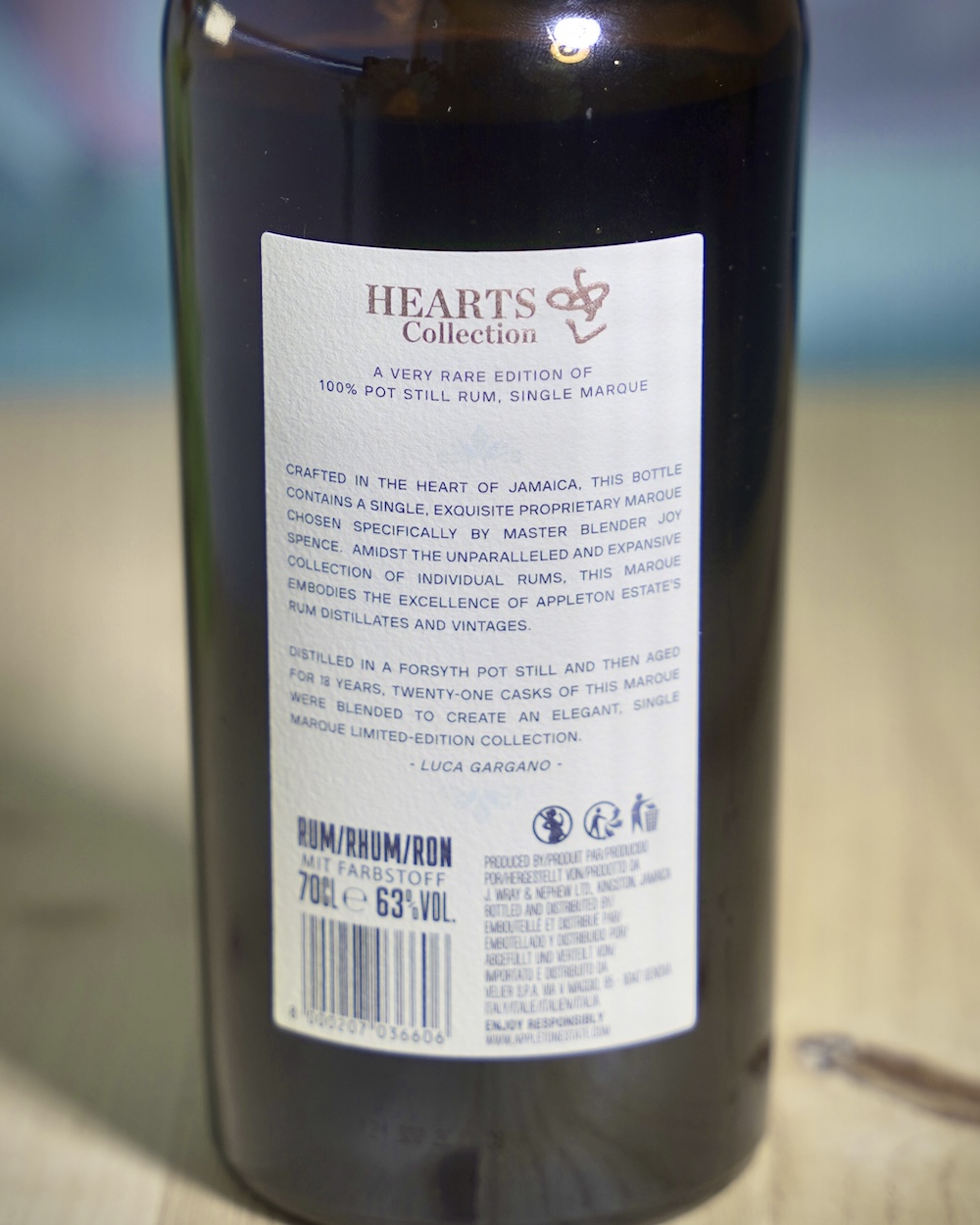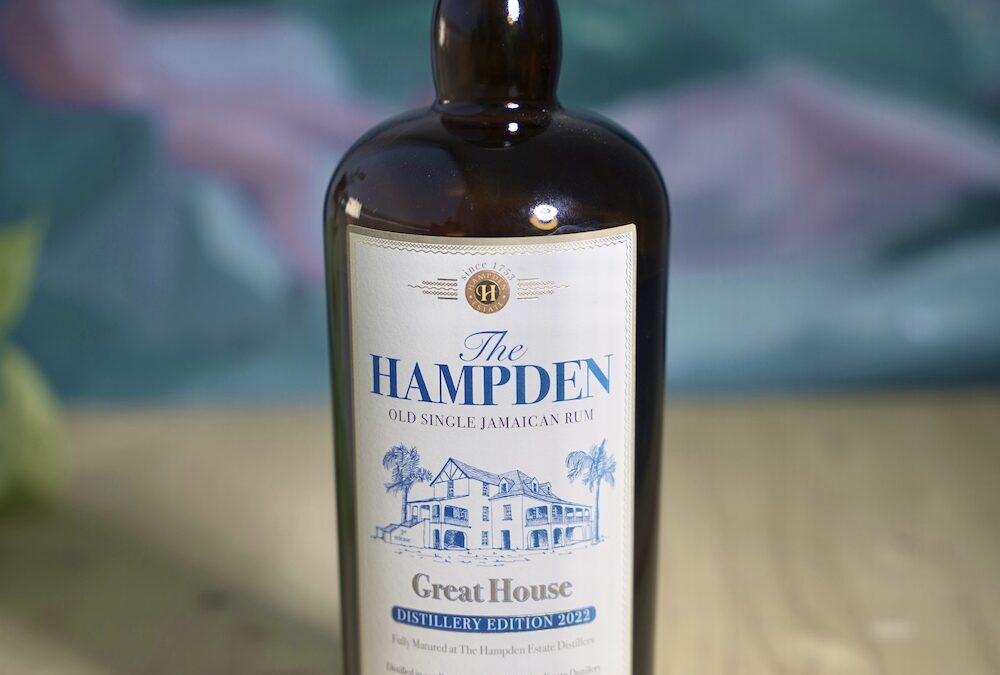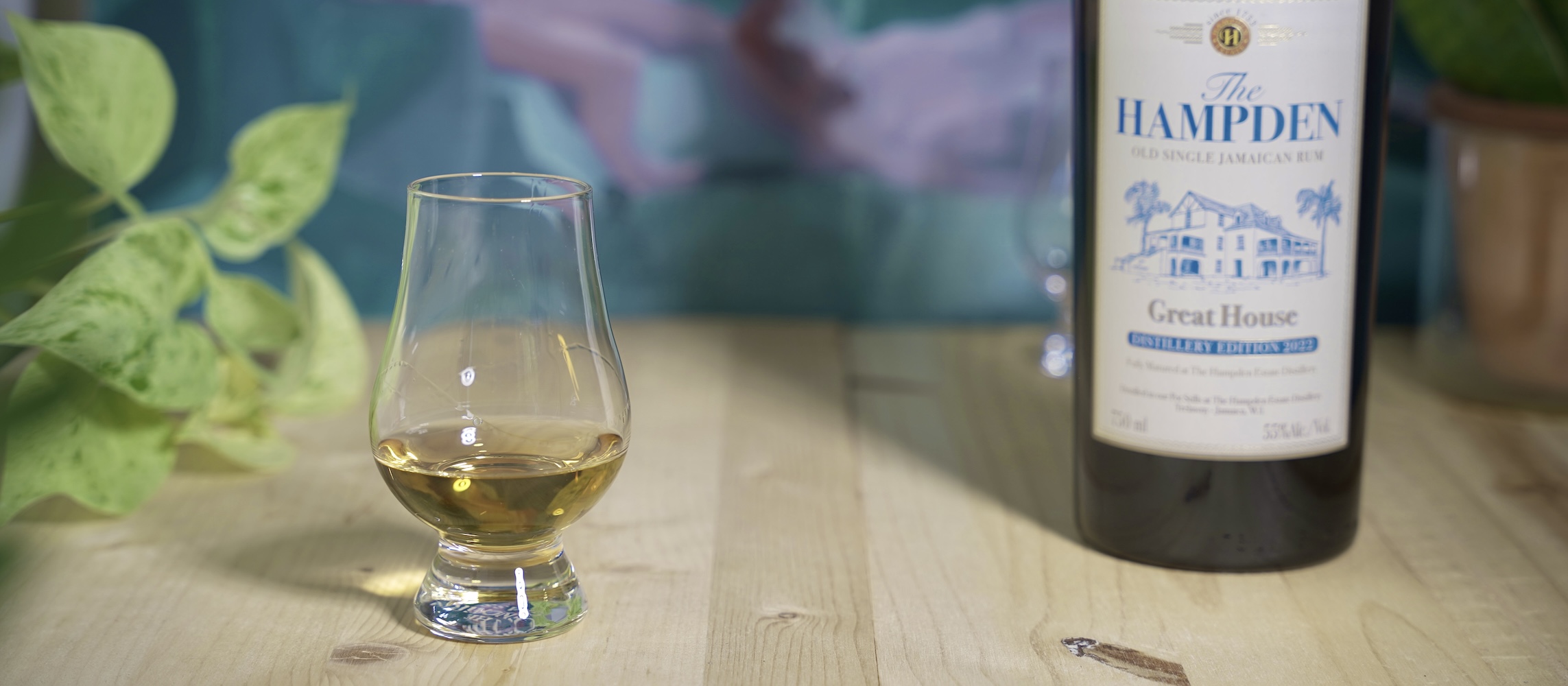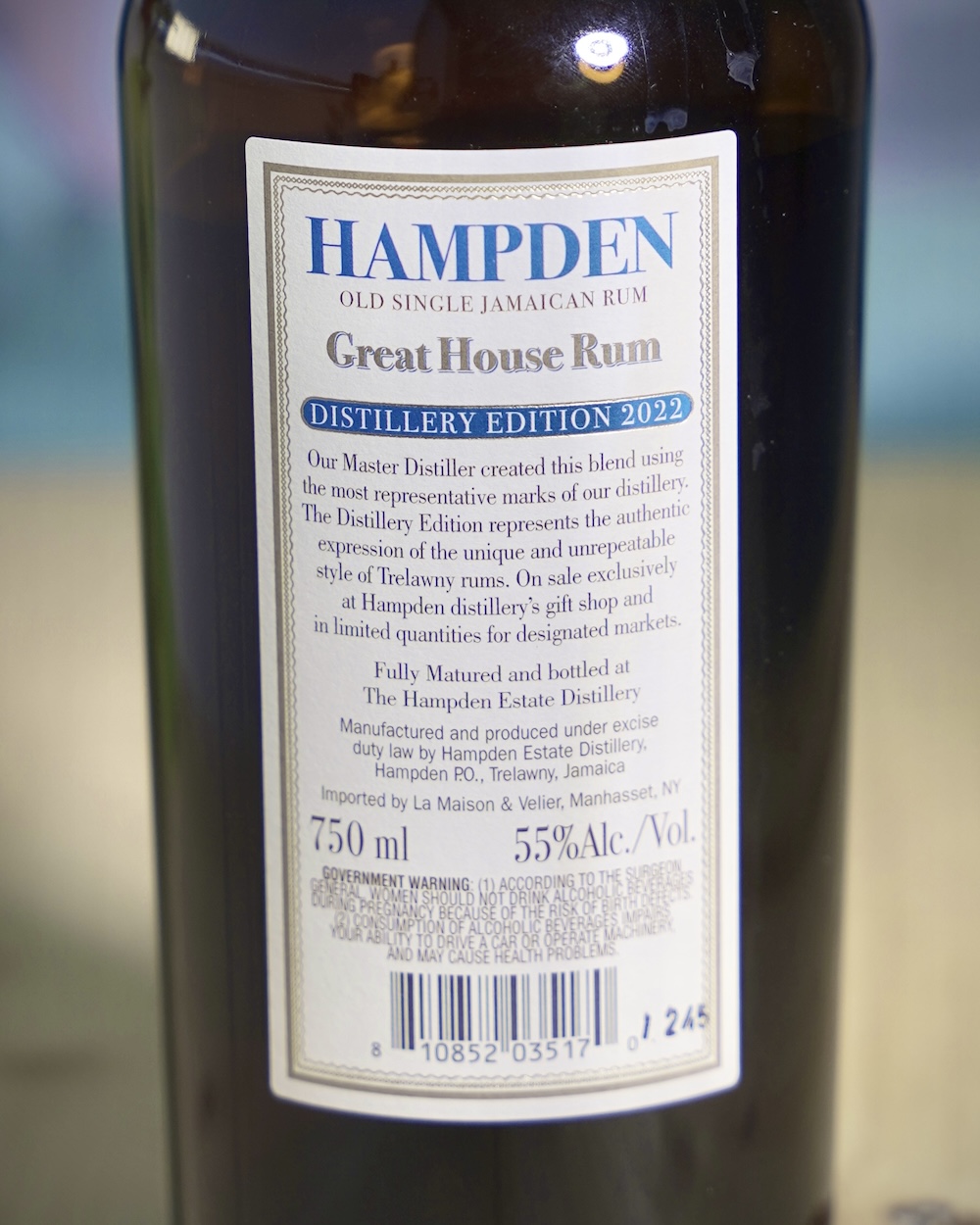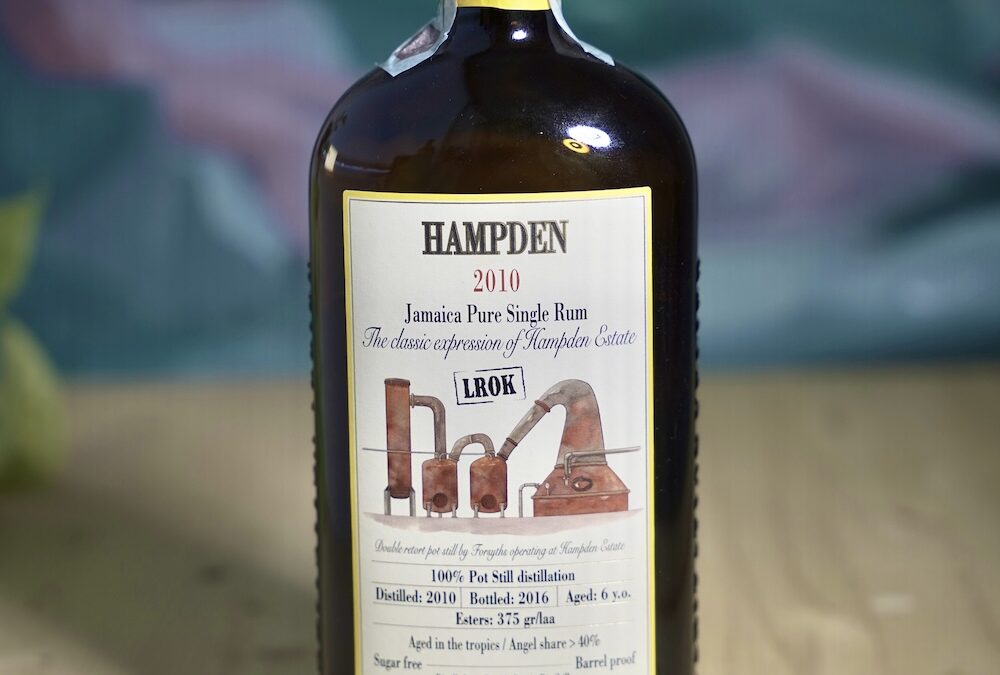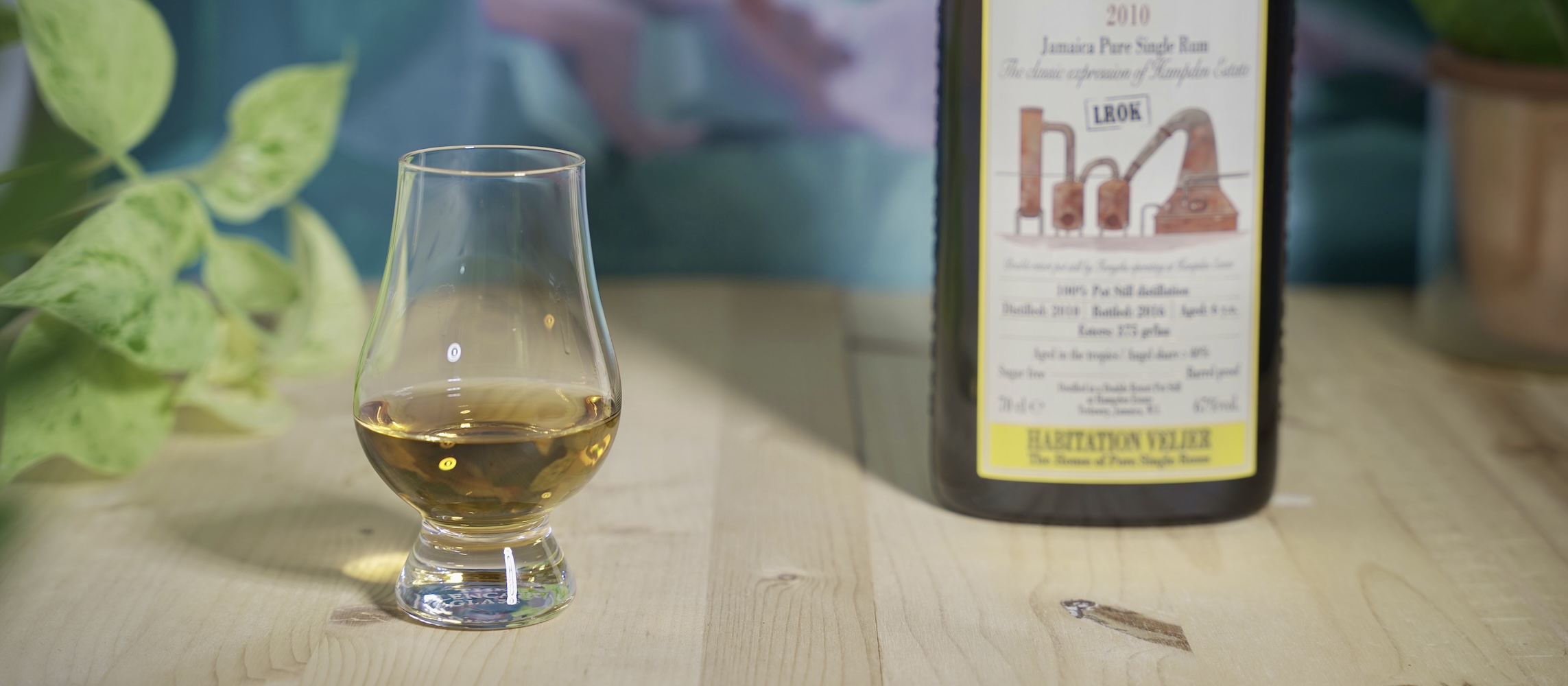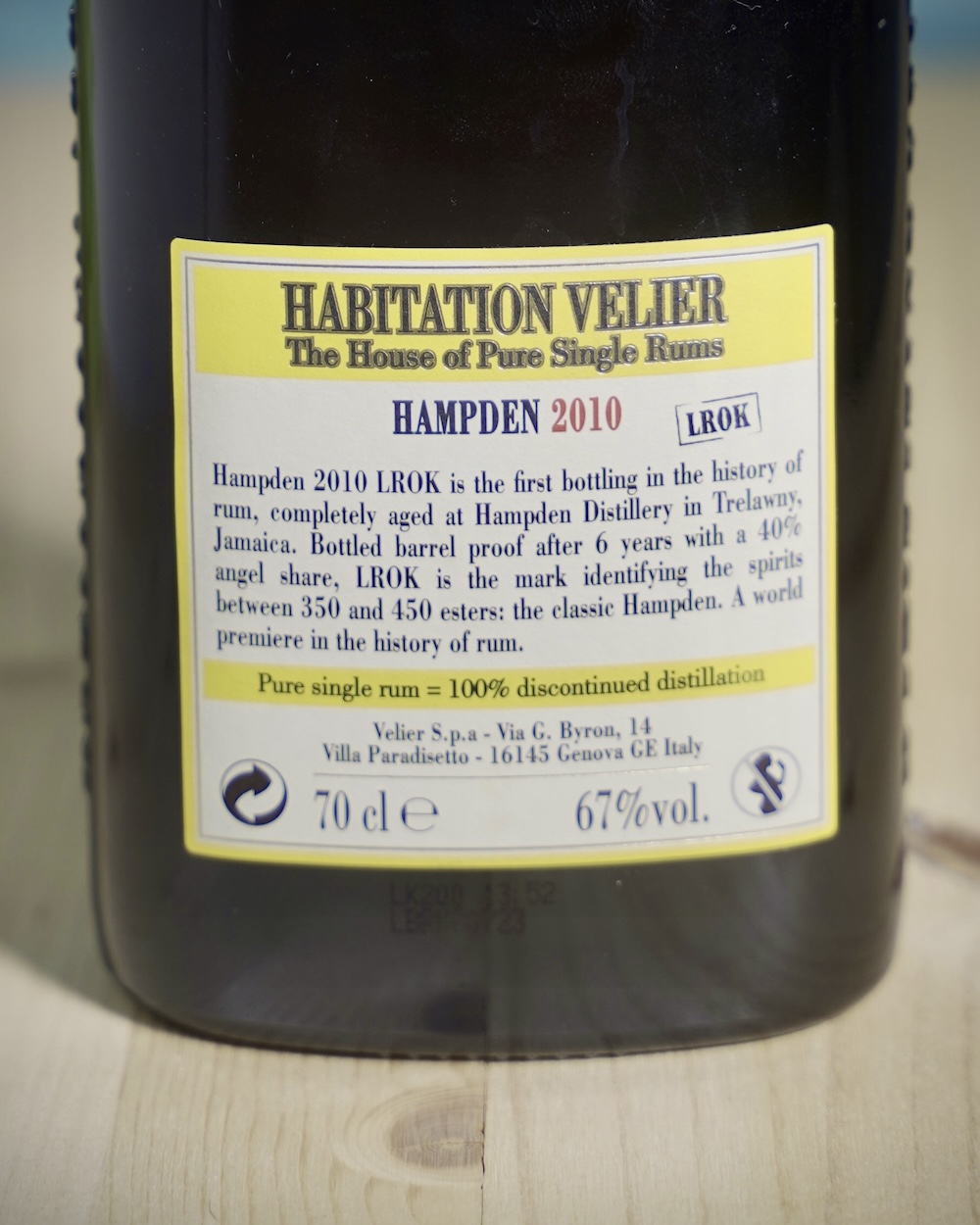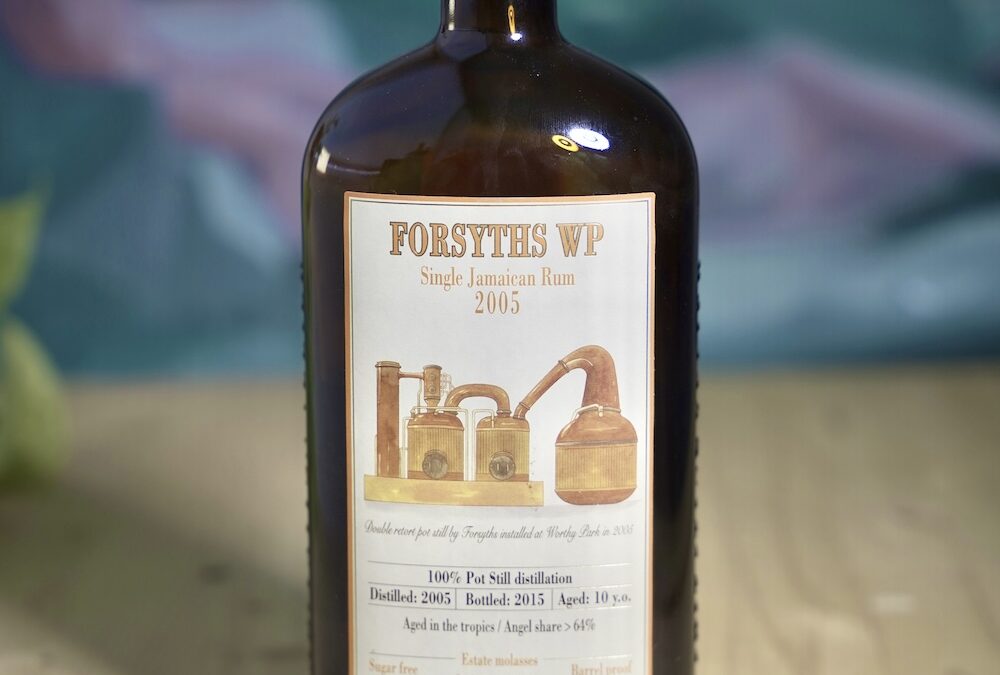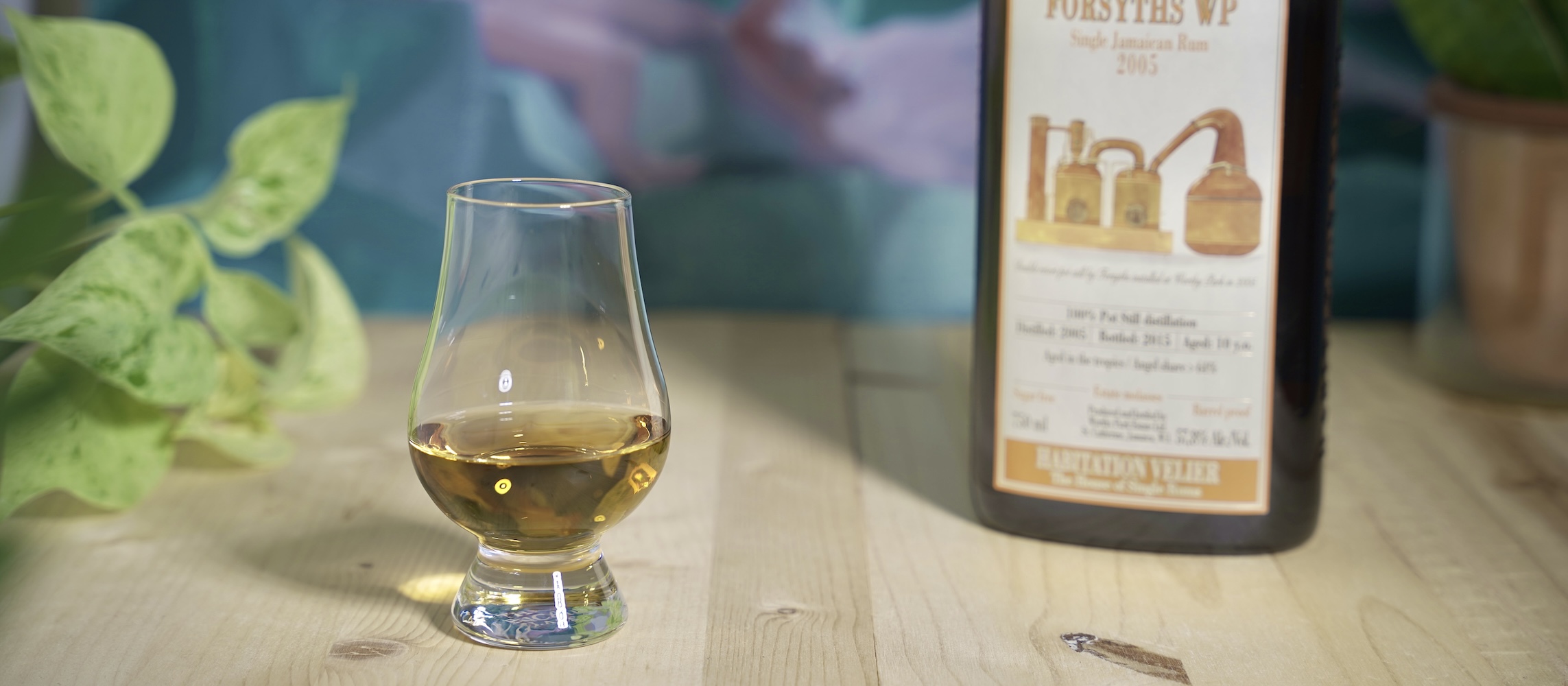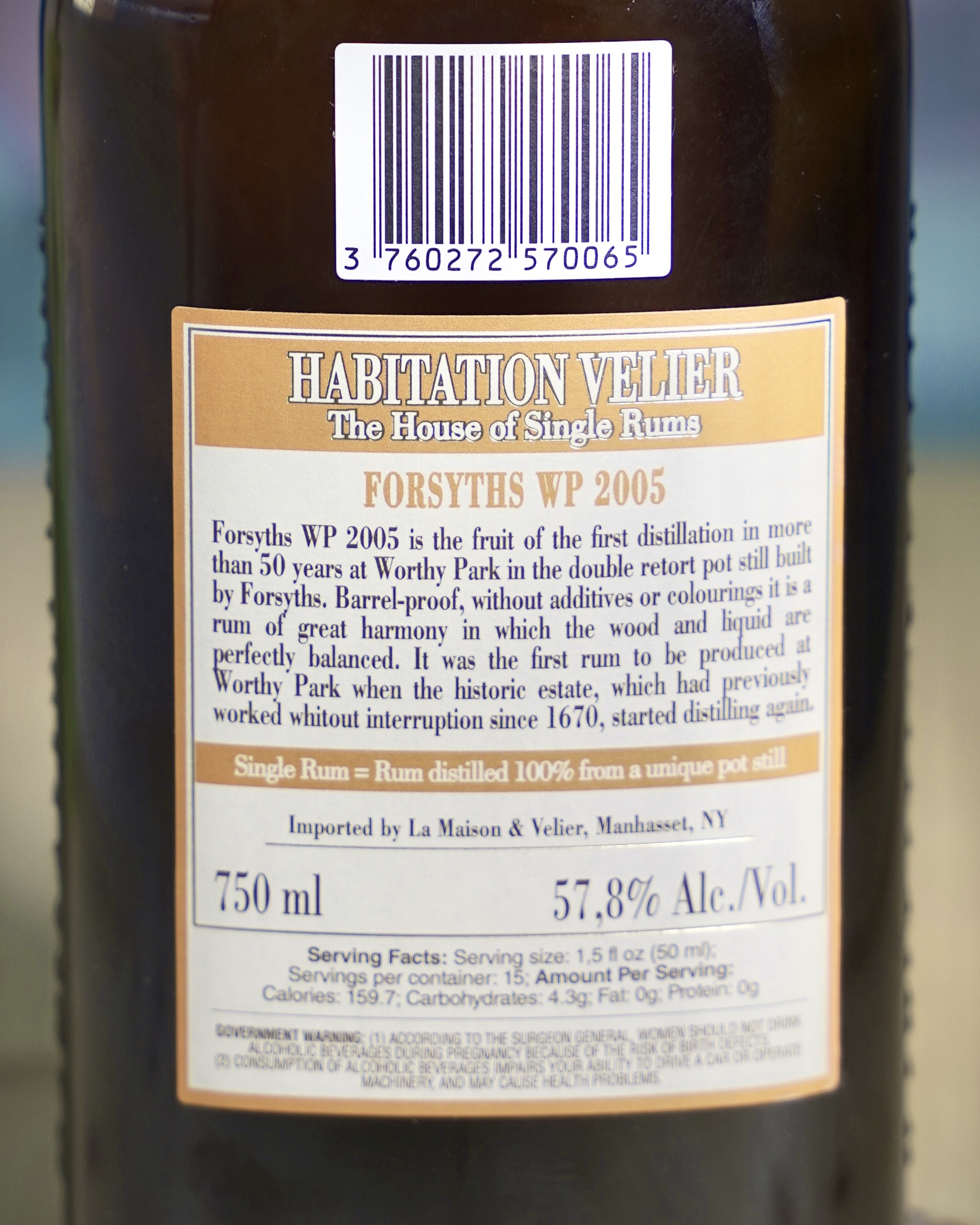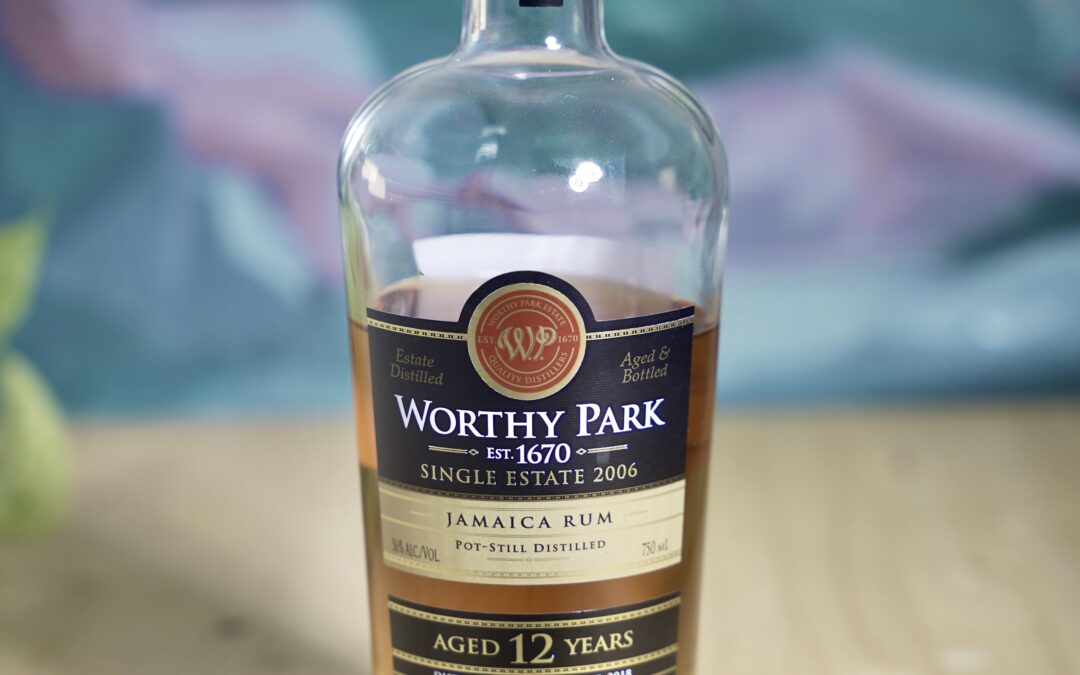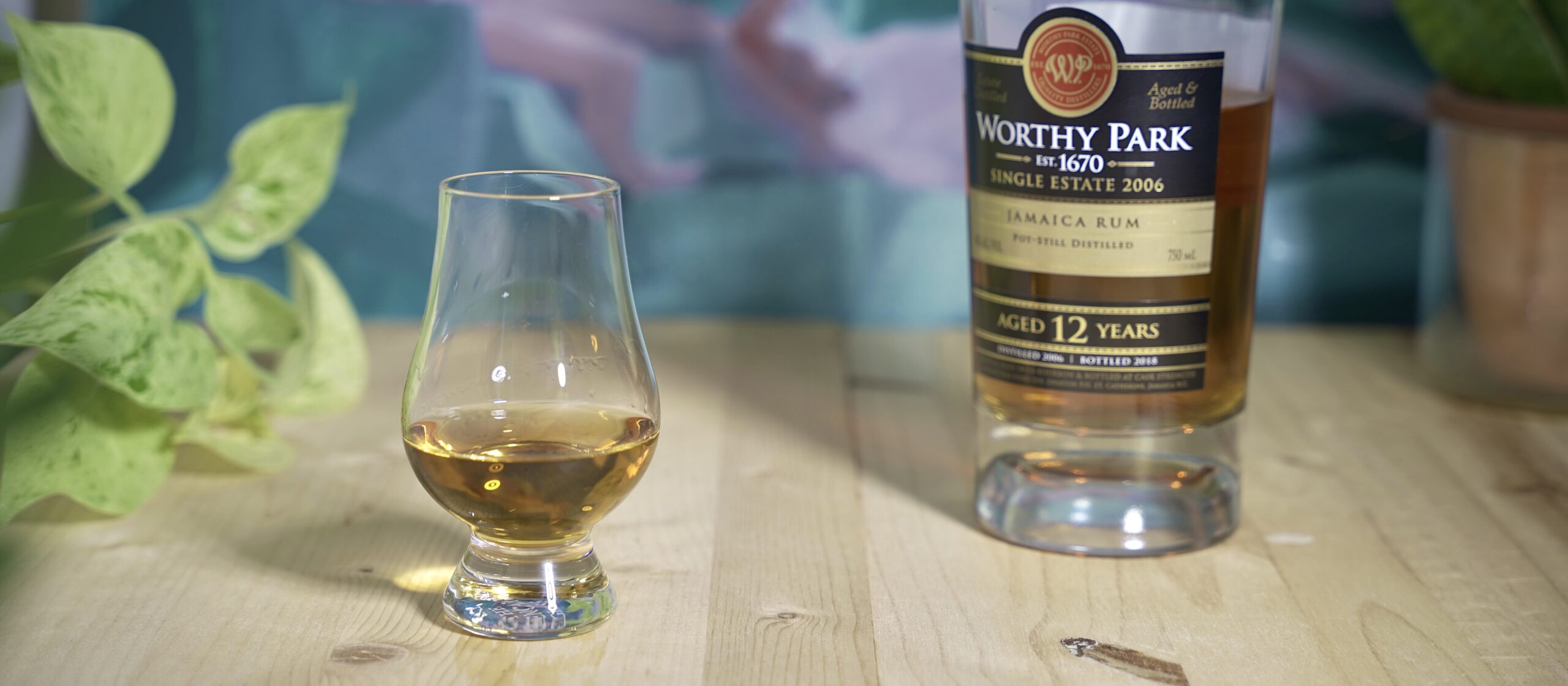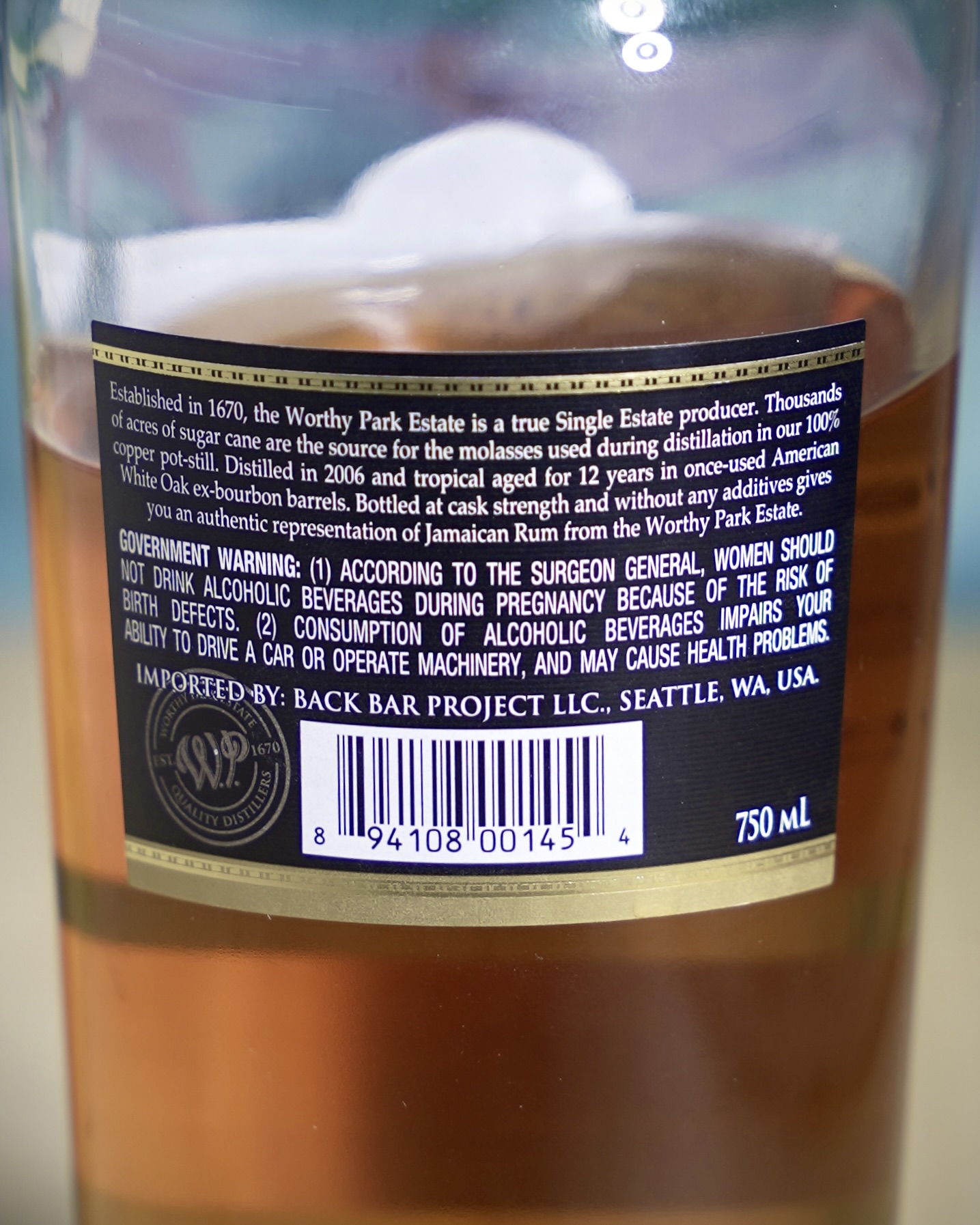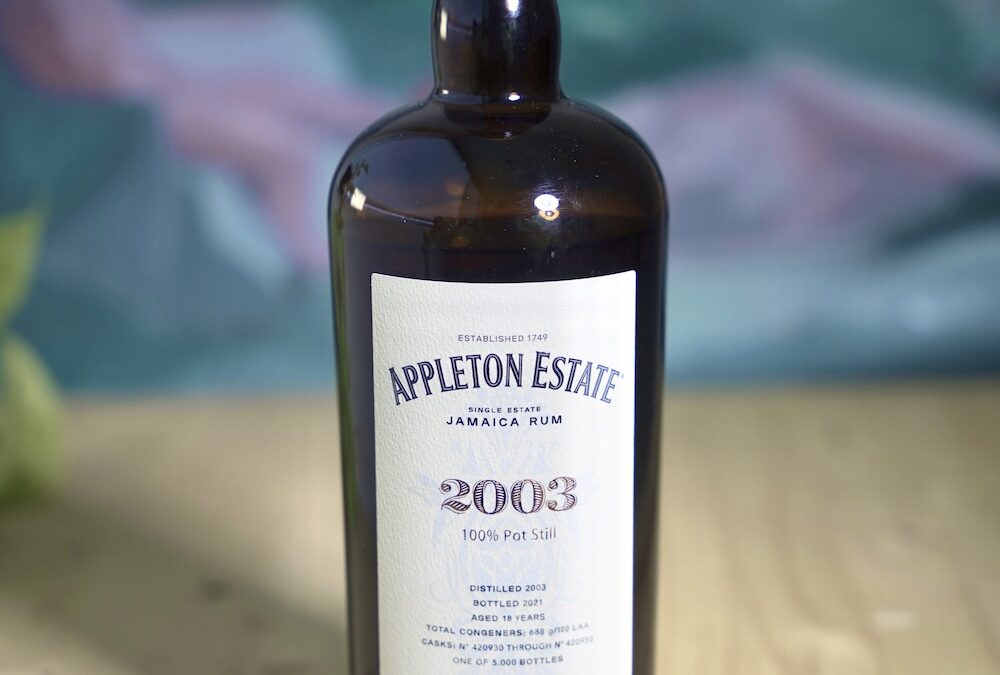
Appleton Estate Hearts Collection 2003
Appleton Estate Hearts Collection 2003
8.9
Neat Rating
9.1
Mixer Rating
Poor
For being one of the most identifiable Jamaican distilleries, Appleton Estate is a bit of a poor exemplar of Jamaican rum. Everything that comes out of Appleton is high quality and pleasant to drink, but their core range is decidedly un-funky. Folks will hem and haw about whether the 8 year has a bit more fruitiness to it than the 12 year, but in the grand scheme of things they’re all low-proof pot-column blends that are delicious but not super exciting. That may be the very reason they’re great entry points for new rum drinkers—Appleton 12 is regularly recommended as a “great place to start” for those new to the category.
This is the context I had when I first tried Appleton Estate Hearts Collection 2003, an 18 year old 100% pot still rum bottled at 63% ABV, with a label touting 688 g/HLAA of congeners (not specifically esters). It’s such a departure from their standard offerings, both in still makeup and in bottling proof, that I went in a bit skeptical: if Appleton spends all its time perfecting the approachable 12 or cranking out the cocktail workhorse Signature, what do they know about high proof, long aged pot still expressions? While I can’t speak to where their knowledge came from, I can say they know a lot.
We measured a density of 0.902g/cc and a refractive index of 1.3625, indicating no added sugar (duh).
On the nose it’s pretty clear you’re dealing with something special. With so few examples of high ester expressions from Appleton, my first instinct is to compare to other Jamaican distilleries. It’s not quite as warm as Worthy Park, and while it may be closer to a Hampden profile it really reminds me of Long Pond more than anything else. Dried tropical fruit and berries, banana bread, and oak are the first dominant notes, but if you continue nosing there’s some coconut, chocolate, and orange rind. You may also get a whiff of an old leather bound book. On the palate the strong berry note carries through (mostly blueberries and raspberries), along with some really well integrated oak, allspice, coconut, caramel, and banana. There’s also a licorice note that I (as someone who generally doesn’t care fore anise) find weirdly compelling. Unsurprisingly the finish is strong, and really pleasant: cinnamon, allspice, leather and stewed fruit.
In our blind taste test it was great as a neat sipper (8.7/10) and incredible mixed into a daiquiri (9.1/10). Compared to the more recent Appleton Hearts releases (2002 and 1993) the 2003 leaned a little deeper into the chocolatey, baked good direction. If I’m really splitting hairs I might be forced to say under threat of perjury that the more recent 2002 and 1993 may offer slightly more transcendent experiences (each for different reasons), but while I still have a glass of 2003 in my snifter I’ll just meditate upon the fact that this is insanely tasty.
The Superficial: While the Appleton Hearts line has the basic outline of a limited Velier release, it looks really good and has its own personality. The label manages to be minimalist and unbusy, while still managing to pack a lot of great information. All the type faces are immaculate. The wooden top and synthetic cork stopper are standard, but quality.
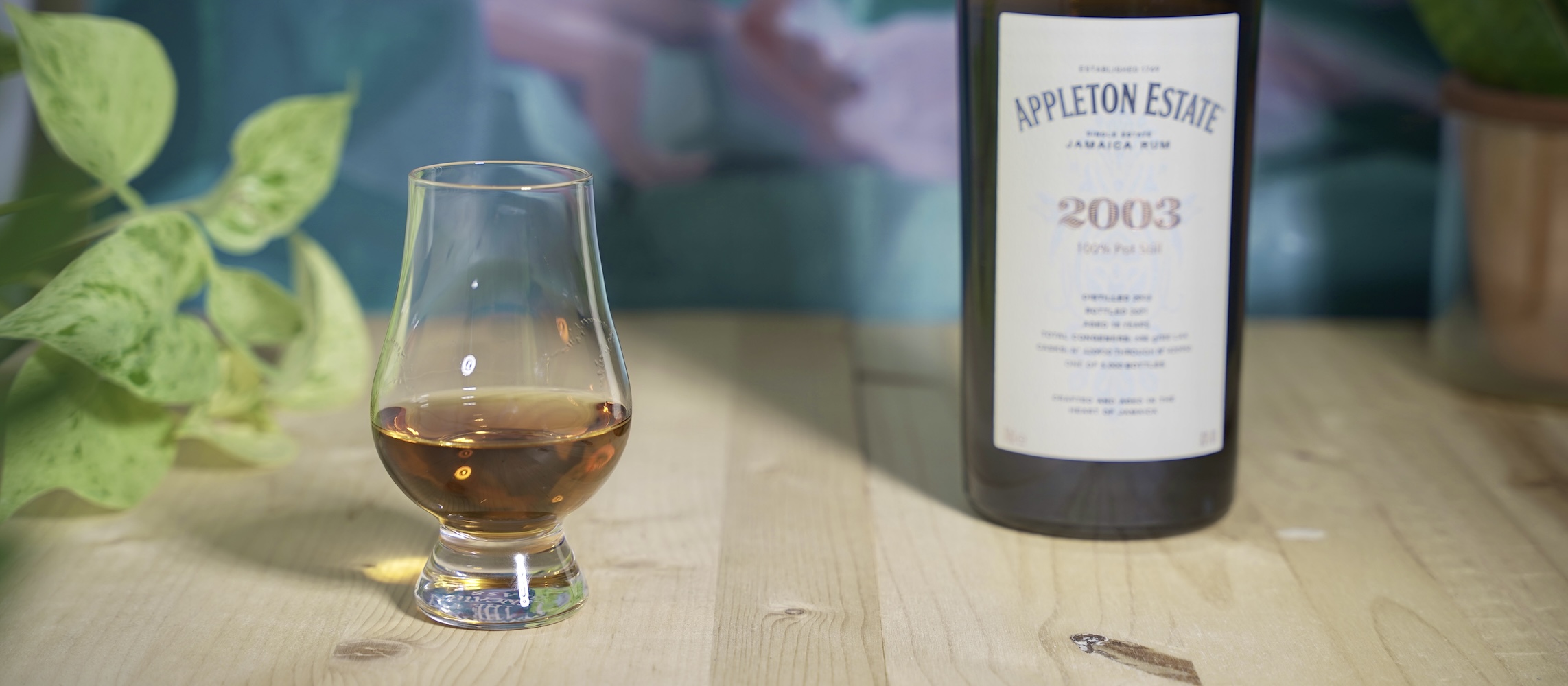
Minimum Age
ABV
Volume
Refractometer
Price Acquired
Overall Rating:
